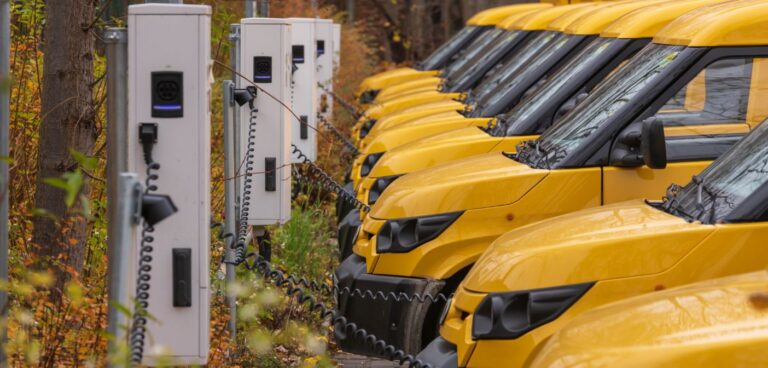UK-based motoring organisation AA has announced a more than 70% drop in the number of electric vehicles (EVs) running out of charge in the past several years, with ‘out of charge’ breakdowns falling from eight percent in 2019 to four percent in 2022.
For 2023, the figures have dropped even further, and ‘out of charges’ currently account for 2.1% of EV breakdowns this year.
In May 2023, 2.83% of its breakdowns were for EVs, equating to 7,428 individual callouts.
Some of the reasons AA has suggested for this decline is the increased range of new EVs, a more reliable public charging network and better driver awareness on where and how to charge.
According to Zapmap, at the end of April 2023, there were 42,566 electric vehicle charging points in the UK, across 24,909 charging locations, representing a 37% increase in the total number of available chargepoints April 2022.
The top one third of breakdowns for EVs are also issues for petrol or diesel cars: 12v battery problems and tyres.
Other EV faults are quite different and cover things such as charging equipment, warning lights, battery monitoring systems or key transponders.
Edmund King, president of the AA, said: “Our data on ‘out of charge’ EVs clearly shows ‘charging anxiety’ does not match the reality. The 70% drop in out of charge breakdowns is a clear sign that range, infrastructure, and education are improving.
“Of course, we need a concerted effort to continue the rollout of reliable and accessible charging to fill in the gaps and to address the problem for those that don’t have off-street parking to charge.
“The vast majority of EV owners do most of their charging at home or on-street close to home and then use the charging network to top up whilst on those more infrequent longer journeys.
“With a little planning, stopping off to charge up can be convenient and enhance road safety as taking a break is recommended every two hours or so.”
A company spokesperson explained that, in many ‘out of charge’ cases, the vehicle is not actually out of charge, but the AA has been called out as the EV is low on charge.
In Norway, which has a much higher concentration of EVs than the UK, the percentage of out of charge breakdowns is just one percent, according to the AA.
The AA commented that infrastructure boosts through government-funded schemes across the UK has helped increasing consumer demand thus greater availability of electric models.





